Ancient news stories
New research published in the journal Science Advances might explain the Earth-shaking processes that led to the end-Cambrian mass extinction.

Despite decades of study, this Ice Age mystery remains unsolved. Researchers simply don’t have sufficient evidence at this point to rule out one scenario or the other—or indeed other explanations that have been proposed (e.g. disease, an impact event from a comet, or a combination of factors)… A new work published in Frontiers in Mammal Science set out to address this information deficit.
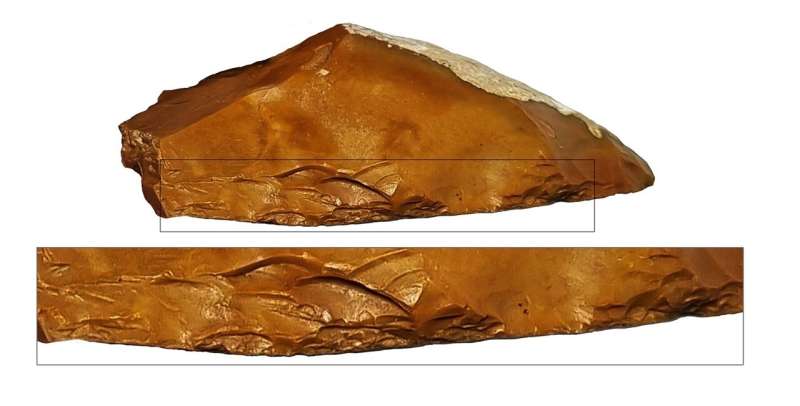
A new study from Tel Aviv University identified the earliest appearance worldwide of special stone tools, used 400,000 years ago to process fallow deer. The paper was published in Archaeologies.
The rich human occupation of Mediterranean island Cyprus has been pushed back thousands of years by new research led by Cypriot and Australian archaeologists. A new study published in the Proceedings of the National Academy of Sciences of the USA shows the first human occupation on Cyprus between 14,257 and 13,182 years ago.

French archaeologists have uncovered nine large graves containing the remains of horses from up to 2,000 years ago, in a find described as “extraordinary”.
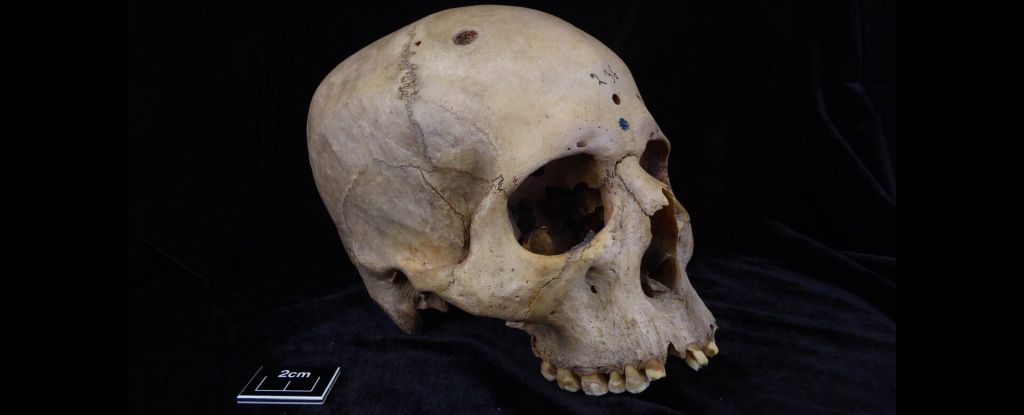
The ancient Egyptians were remarkably sophisticated and advanced in the field of medicine – so noted for their skills and knowledge that we’re still learning from them thousands of years later. The findings have been published in Frontiers in Medicine.
At some point hundreds of millions of years ago, dinosaur scales evolved into feathers. New research published in Nature Communications might help explain how and when that transition occurred.
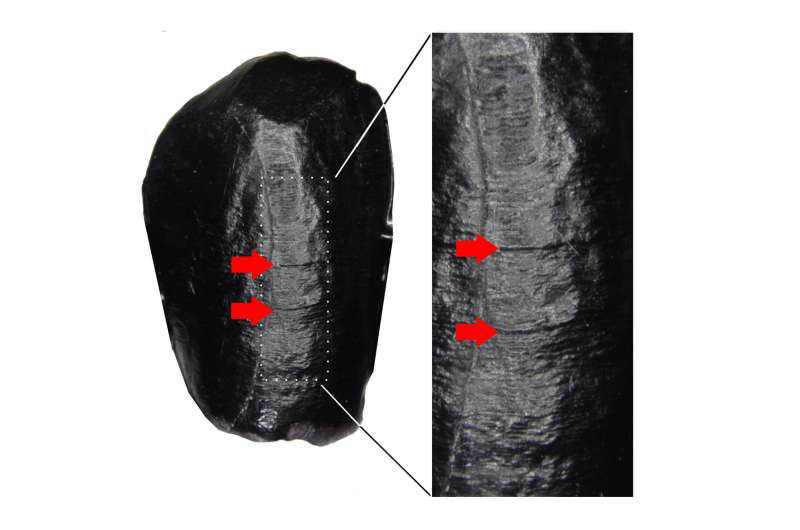
Neanderthal children (who lived between 400,000 and 40,000 years ago) and modern human children living during the Upper Paleolithic era (between 50,000 and 12,000 years ago) may have faced similar levels of childhood stress but at different developmental stages, according to a study published in Scientific Reports. The authors suggest that these findings could reflect differences in childcare and other behavioral strategies between the two species.
A 7,000-year-old Neolithic settlement in modern-day Greece has, for the first time, been accurately dated down to the precise years it was built. The findings could provide a reference point in time to help date other archaeological sites in southeastern Europe. Their research is published in the journal Nature Communications.
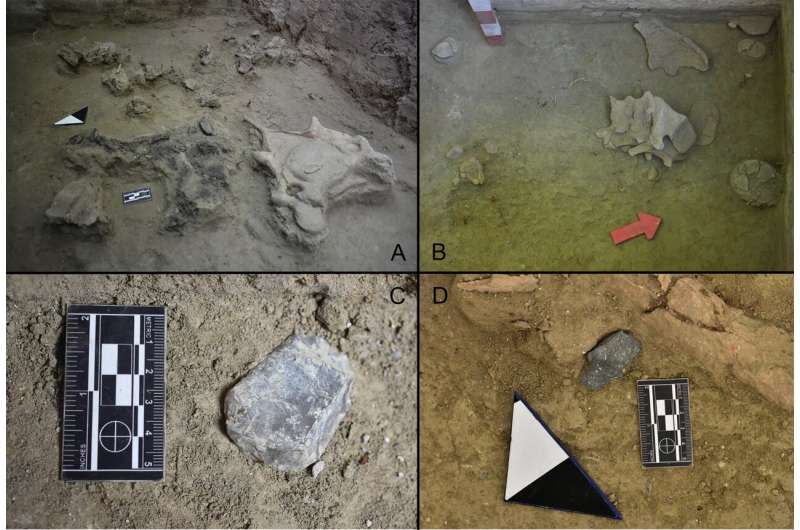
Thousands of years ago, early hunter-gatherers returned regularly to Tagua Tagua Lake in Chile to hunt ancient elephants and take advantage of other local resources, according to a study published May 22 in the open-access journal PLOS ONE by Rafael Labarca of the Pontifical Catholic University of Chile and colleagues.

These traces of ancient viruses are the oldest remnants of human viruses ever discovered, New Scientist reported. They are around 20,000 years older than the previous record-holder for the most ancient human virus ever found: a common-cold virus uncovered inside a pair of 31,000-year-old baby teeth in Siberia.

Most people alive today carry traces of genes inherited from Neanderthals—the enduring legacy of prehistoric hookups with our extinct cousins. But researchers have long debated when and where that mingling happened and whether these were one-off romps or commonplace trysts. Now, an analysis of ancient and modern genomes suggests contemporary people’s Neanderthal DNA came from a single, prolonged period of mixing some 47,000 years ago.
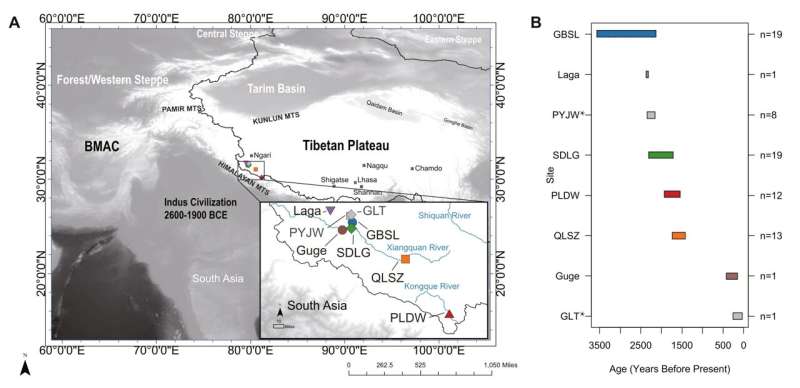
According to a study published in Current Biology on May 22, the genetic components of the ancient populations in the western Tibetan Plateau are closest to ancient populations in the southern Tibetan Plateau, and their major genetic components have been maintained over the past 3,500 years.
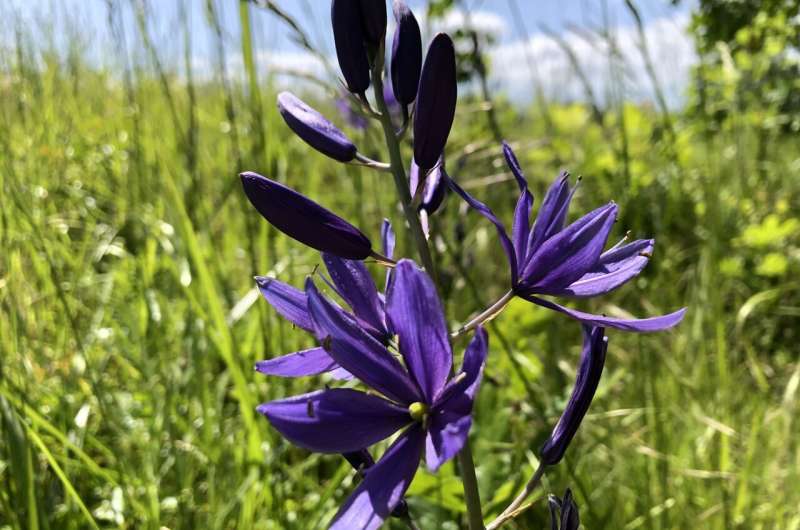
The findings contribute to the growing body of research around Traditional Ecological Knowledge and practices, demonstrating the care and specificity with which Indigenous groups have been stewarding and cultivating natural resources for millennia. The work is published in The Holocene journal.
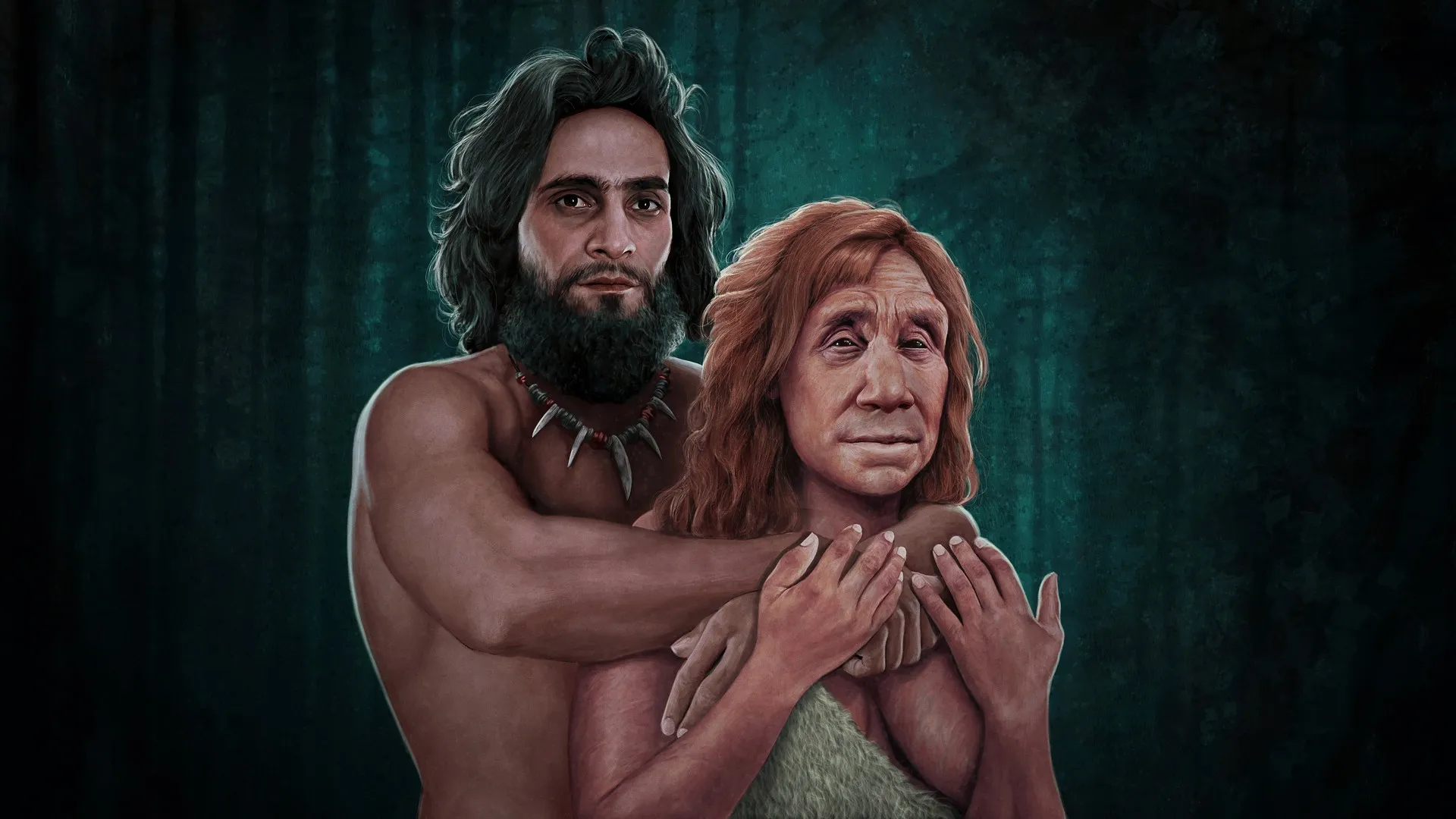
Neanderthals and humans mated millennia ago, and their legacy lives on in us today. Here’s how.
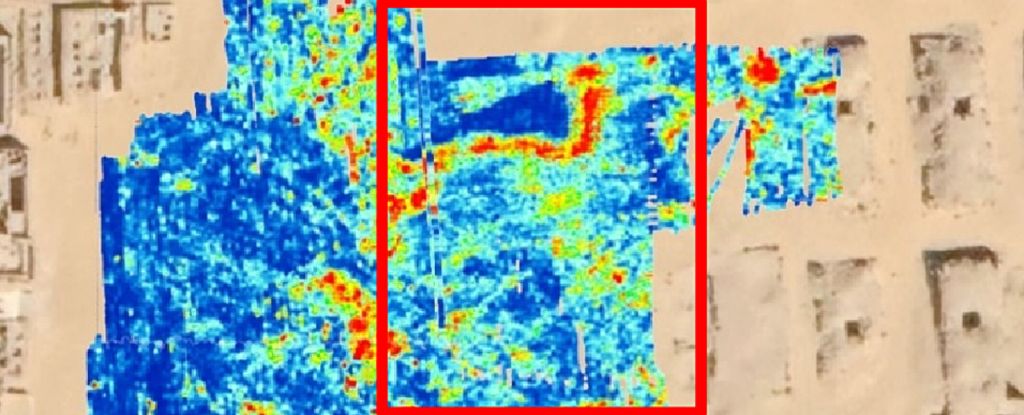
Slowly but surely, the ground is regurgitating its secrets. The history that lies buried beneath the swirling sands of time yields, piece by piece, to technology. But one such piece, in a well-explored region, has archaeologists a little baffled. The team’s findings have been published in Archaeological Prospection.








